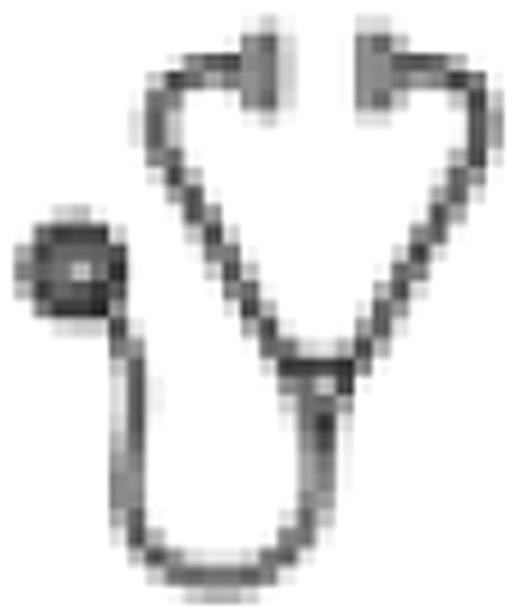Abstract
Abstract 1263
To evaluate the clinical characteristics and outcome of zygomycosis (ZG) in allogeneic hematopoietic stem cell transplant (HSCT) recipients.
Retrospective cohort study involving HSCT patients with ZG diagnosed between 2003 and 2008, from 19 centres. During this period, 4138 allogeneic HSCT were performed in these centers.
ZG incidence was 0.56% (n=23). Twenty patients (87%) were male. Median age was 44 years (range: 3 to 63 years). Donors were non HLA-identical in 14 cases and conditioning regimens were reduced intensity in 8. ZG occurred a median of 217 days post transplant (range: 0 to 2693 days). Fifteen patients had active graft-versus-host disease (GVHD). Twenty patients were receiving steroids at a median dose of 1 mg/kg/day (range: 0.1 to 2 mg/kg/day) at ZG diagnosis. Ten patients (43%) had diabetes mellitus. Nine patients (39%) had experienced a previous proven or probable invasive filamentous fungal infection (Aspergillus: 8, Trichoderma:1) a median of 115 days (range: 8 to 392 days) before ZG diagnosis. ZG was a breakthrough infection in 20 cases. Before ZG diagnosis, 13 patients were on voriconazole therapy for a median duration of 61 days (range 3 to 394 days), 4 patients were on posaconazole (PCZ) for a median of 61 days (range 7 to 88 days). Other patients were receiving caspofungin, itraconazole or voriconazole. Lungs were the most common site of infection (65%); two patients had a disseminated infection. Histology was performed in 52% of the patients, and contributed to diagnosis for 83% of biopsies. Culture was positive in 83% of cases. The main causal species were Lichtheimia spp. and Rhizopus spp. Median time between the first clinical symptom and diagnosis was 8 days (range: 2 to 34 days). Twenty patients received an antifungal. All but 2 patients received a lipid formulation of amphotericin B as first-line treatment. Eleven patients received PCZ, two as first-line treatment. Surgery was performed in eight patients. Median treatment duration was 47 days (range: 2 to 730 days). Nine patients responded to treatment. Nineteen patients (83%) died a median of 46 days after ZG diagnosis (range: 0 to 1449 days). ZG attributable mortality was 79% (15/19 patients). Four patients are alive a median of 706 days after ZG diagnosis (range: 705 to 1955 days).
ZG is a late event with a poor prognosis after allogeneic HSCT. Because ZG diagnosis is difficult, special attention must be paid to patients on long-term antifungal treatment for a previous mold infection, and with protracted GVHD.
No relevant conflicts of interest to declare.

This icon denotes an abstract that is clinically relevant.
Author notes
Asterisk with author names denotes non-ASH members.

